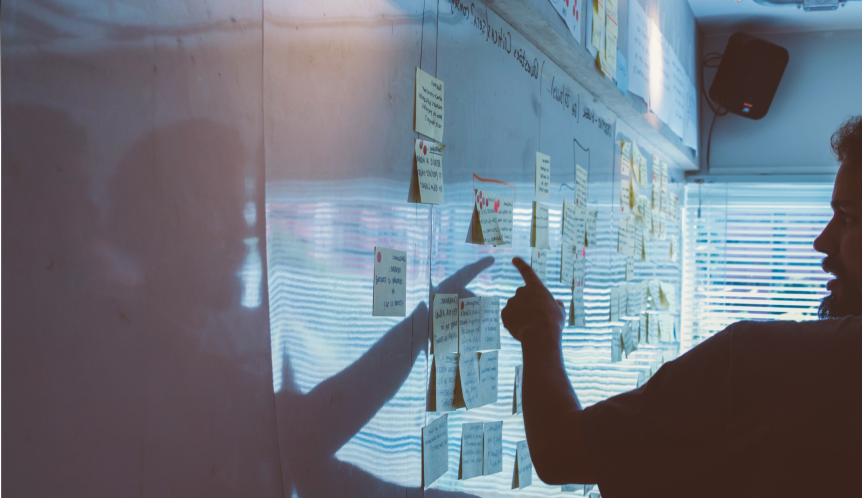Sunscreen works … if you use it right.
Stay out of the sun, but make sure you get enough of it – is it any wonder we’re confused?
While we’re warned to cover up and avoid the rays for fear of skin cancer, reports of a “worldwide epidemic” of vitamin D deficiency have muddied the health waters.
Experts say the vitamin plays a key part in ensuring healthy bones and it’s vital we get enough of it. But here’s the kicker – it comes from the sun.

According to the Ministry of Health, about 5 per cent of adult New Zealanders are deficient, and 27 per cent are below the recommended blood level of vitamin D.

Young children who don’t get enough of the essential vitamin are in danger of rickets – which causes bowed legs and knock knees – and adults can develop bone weakness and risk of fractures.
Other than eating food that contains the vitamin, or taking supplements, the only way to get the vitamin is through “sensible” sun exposure.
Massey University Associate Professor Pamela von Hurst says we make vitamin D under the influence of ultra violet beta (UVB) rays – the stuff that comes from the sun.

While the vitamin can be gained through nutrition, 99 per cent of it is manufactured in our skin.
“We do get a little bit in our diet but in New Zealand it’s very, very limited as we don’t have any mandatory fortification of food.
“In some northern hemisphere countries – areas that have very long winters – they have mandatory fortification of milk, cereal and dairy products, and they get much more in the diet than we do.”

When it comes to deficiencies in the vitamin, the real problem we have in New Zealand, she says, is not with fair-skinned people because high levels of melanin – or skin pigment – means it’s harder to process vitamin D.
“Basically melanin is an intrinsic sunscreen and cuts out about nine times more UVB than light skin.”
While someone with light skin would take about ten minutes in the sun on a daily basis to make enough vitamin D, dark skin would taken ten times longer.

As New Zealand’s migration and immigration grows, the very dark-skinned making Aotearoa their homes were part of our high risk groups.
“Our ever-growing Muslim community is at risk as well – the women are very high risk.”
So how much sun do we need? Is it time to bring sunbathing back?
According to von Hurst, moderation might be boring but it’s important.
By going about our normal day, walking the dog, doing a bit of gardening, wandering to the supermarket, we’ll get enough of the vitamin.
“Incidental skin exposure during summer pretty much does the job, even if you’re wearing sunscreen because most of us never use it right.”
Even right in the middle of winter there’s enough sun in the middle of the day to get your quick fix.
Before we head off into the sun to get our dose, von Hurst warns there’s no justification for sunburn – you don’t even need to turn pink.
“It’s that really old boring message about moderation and unfortunately it’s something we’re so bad at.
“We all rush from one side of the boat to the other instead of staying in the middle.”
While dermatologists approached for this story wouldn’t comment, the Ministry of Health said a daily walk or outside activity during summer mornings or late afternoons was enough.
In winter, sun exposure was important and a walk or activity should be done in the middle of the day.
South Islanders (especially those south of Nelson and Marlborough) who got little time in the outdoors in the middle of the day between May and August may be at risk of deficiency in spring and should consider taking supplements from May to August.
Anyone concerned about their levels of vitamin D should speak to their GP.
Stuff





